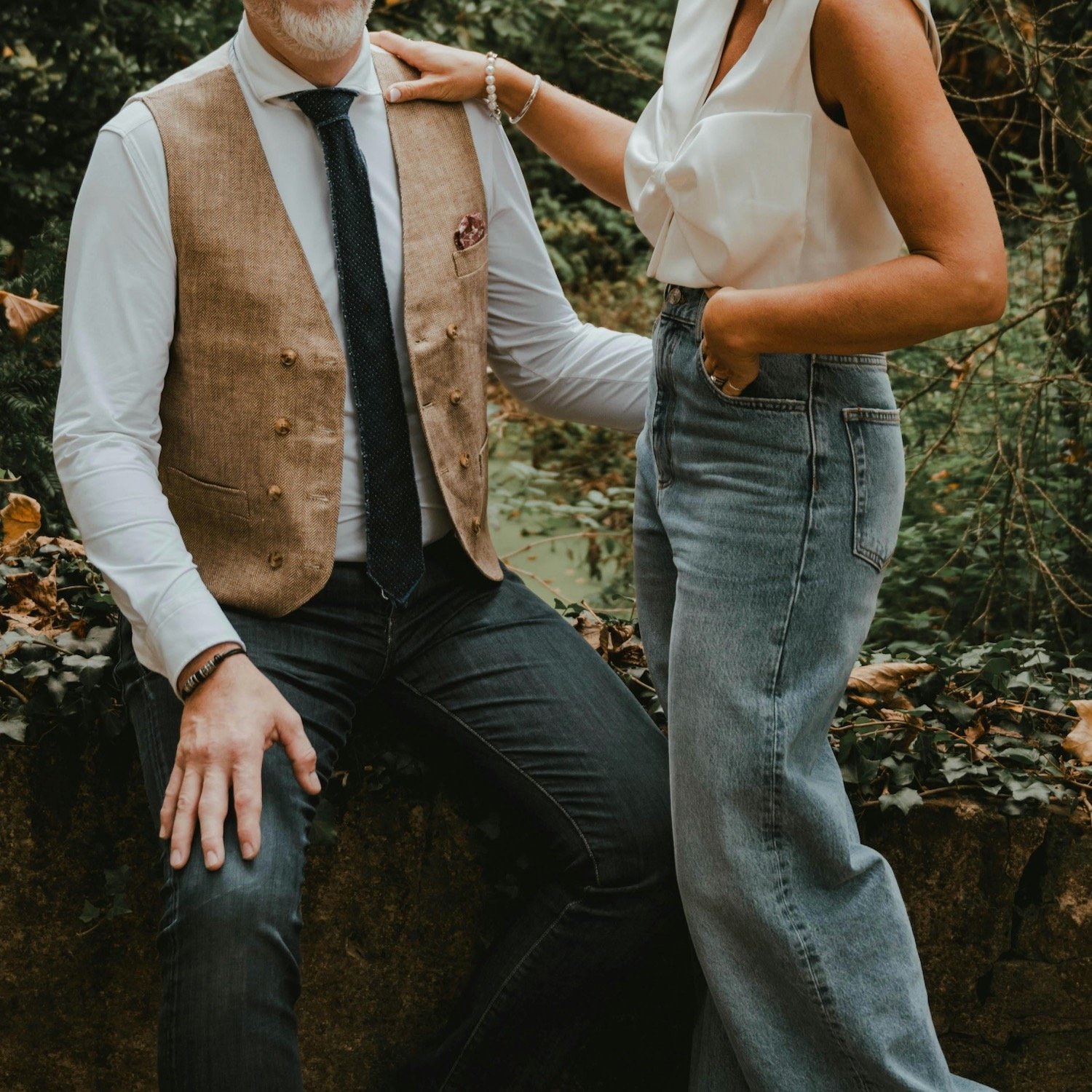There Are 6 Arousal Types. Which Is Yours?
by Lynn Maleh
If just hearing the word “arousal” gets you sort of tingly, your arousal type may be audial. If you think the word “arousal” should be strapped to a rocket-ship along with “moist” and “panties” and shot off to Mars, you may be more “cognitive.”
If you don’t know what the hell the words “audial” or “cognitive” have to do with your love life, then you’re probably just a normal person who hasn’t taken the time to figure out what arousal even means to you. And…..that’s okay! You’ve had some other things on your mind. Cough, pandemic.
But!
Knowing your arousal type can help you better understand your own needs and desires, says Dr. Jess O’Reilly, Ph.D. and host of the @SexWithDrJess Podcast. “Once you understand your own positive (and negative triggers), you can teach your partner(s) to be a part of the process.”
To help you get in the mood in a way that really works for you, Dr. Jess defined the six types of arousal. Which one sounds most like yours?
1. Physical
If you’re more physical, you may find that you become most aroused in response to physical closeness or touch. This might include certain movements, textures, rhythms, pressures, or speeds that make you more responsive.
It may feel awkward explaining your physical arousal type to your partner, but discussing it beforehand is easier.
According to Hanna Stensby, M.A., Licensed Marriage and Family Therapist at Couples Learn, you can communicate the physical touch that works or doesn’t work for you by saying:
“I love the way that you touch my _____” (be specific about what you like).
“Speed up a little bit,” or “go easy.”
Alternatively, Stensby recommends using non-verbal communication by guiding your partner’s hand or shifting what they’re doing to a different area of your body.
“These are all intimate ways to connect and communicate with your partner without feeling like you’re correcting or judging them,” says Stensby.
2. Visual
If you’re more visual, you may find that you become aroused in response to what you see–in your partner, in yourself, or in your mind.
Stensby suggests sharing in the moment using these kinds of examples:
“Wow seeing you with your shirt off really makes me attracted to you.”
“Hey, I’ve noticed that when I have the opportunity to dress in this way, I feel more sexual, and I’m more likely to want to have sex.”
“I love picturing you doing _____.”
“I love picturing you in this outfit/in this place.”
“I love picturing us doing _____.”
Giving your partner this insight will help them initiate sex in a way that works for both of you.
3. Audial
If you’re more audial, you likely get excited in response to words, phrases, tones, voices, and even vibrations and melodies. Anyone who has a “sexy times” Spotify playlist probably falls into this category.
“If certain songs or things your partner says turns you on, let them know by saying, ‘Wow, that song/thing you say really puts me in a sexy mood,’” says Stensby. “It’s really about communicating in the moment in a natural way.”
It’s equally important to know your partner’s arousal type. According to Stensby, you can start the conversation by asking:
“What song really puts you in the mood?”
“When I say certain things to you, does it have an impact on how aroused you feel?”
4. Cognitive
If your arousal type is more cognitive, you might find that what you think about matters most to arousal. You’re likely to fantasize to get in the mood–whether it's about you and your partner or whether it’s about you and Jude Law and his extremely bronzed skin in The Holiday. How he was so immensely tan in the dead of winter remains a mystery but let’s go with it.
Because the cognitive arousal type can often be misinterpreted as “needing more than your partner,” it’s important that you broach the topic of fantasy or role play carefully with them.
“You want to make sure that your partner understands that you want to be with them, you find them attractive, and you’re connected to them,” advises Stensby. “Clarify that it’s not that your dissatisfaction with your partner requires you to think about something else in order to be aroused.”
Explain to your partner how having a storyline is something that has an impact on your arousal. Identify how you can involve them.
“This can be a great opportunity for connecting and helping to protect them against feeling left out,” adds Stensby. “Be specific about what you like in your fantasies and details of the role play that you would like to do.”
5. Relational
If your arousal type is more relational, you likely get aroused when you feel a deeply specific type of connection to a lover.
A simple way of communicating this to your partner is by telling them what you appreciate about them. Stensby recommends putting this into action by:
Having a deep conversation about the relationship
Sharing what you love about one another
Discussing dreams about the future
6. Emotional
Humans are all emotional beings, so the emotional underpinnings of arousal are always worth considering. For example, you may find that you’re aroused by a specific feeling (Dr. Jess calls this your “core erotic feeling”), like being desired or feeling powerful.
“Sex is not just mechanical and you can’t force it,” says Stensby. “Every interaction has emotion attached to it, so understanding what those emotions are can help you adjust your foreplay. Talk about moments when you feel really aroused and then work backwards to create more of that.”
Of course, there’s no one-size-fits all arousal type, and you may find yourself fitting into more than one category. Get to know them all, and experiment.
You might just find a new way to turn up the heat on your relationship. Either way, becoming armed with information about who you are and what you like is sort of the greatest gift you can give yourself.
Lynn Maleh is a Syrian-American writer and comedian based in Los Angeles. By day, she writes online content, and by night she performs standup. See more of her articles here.







